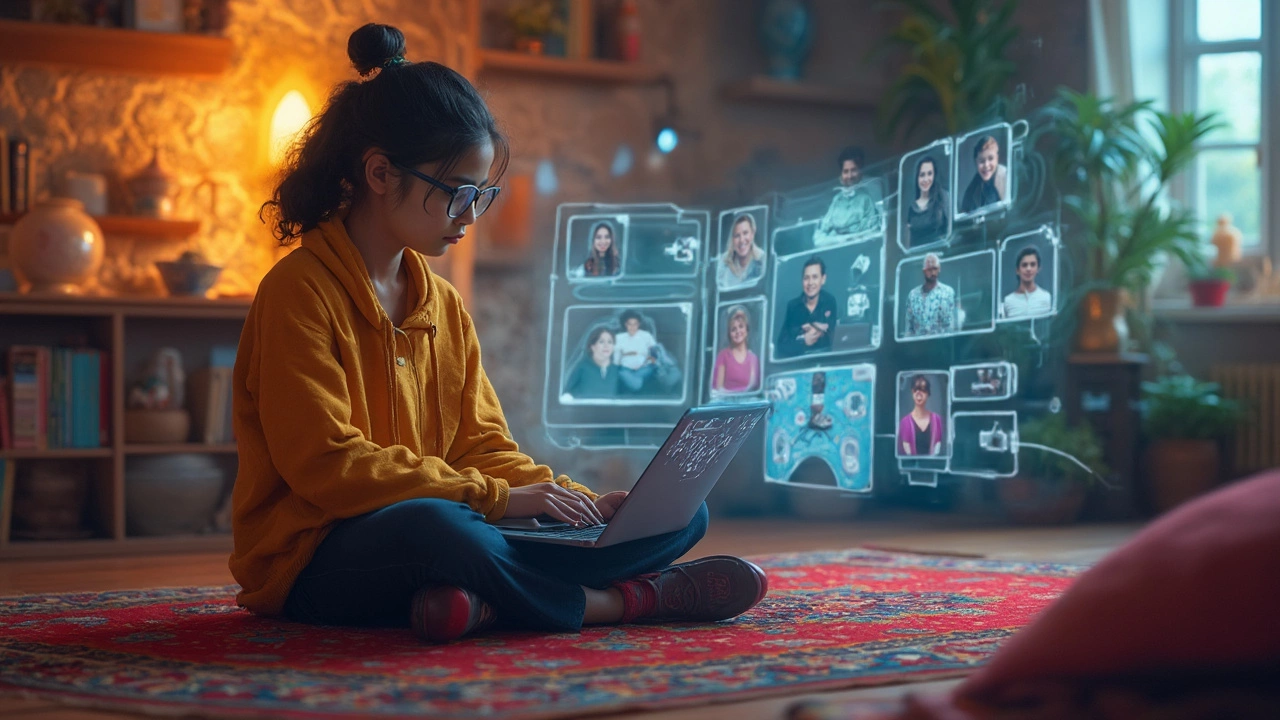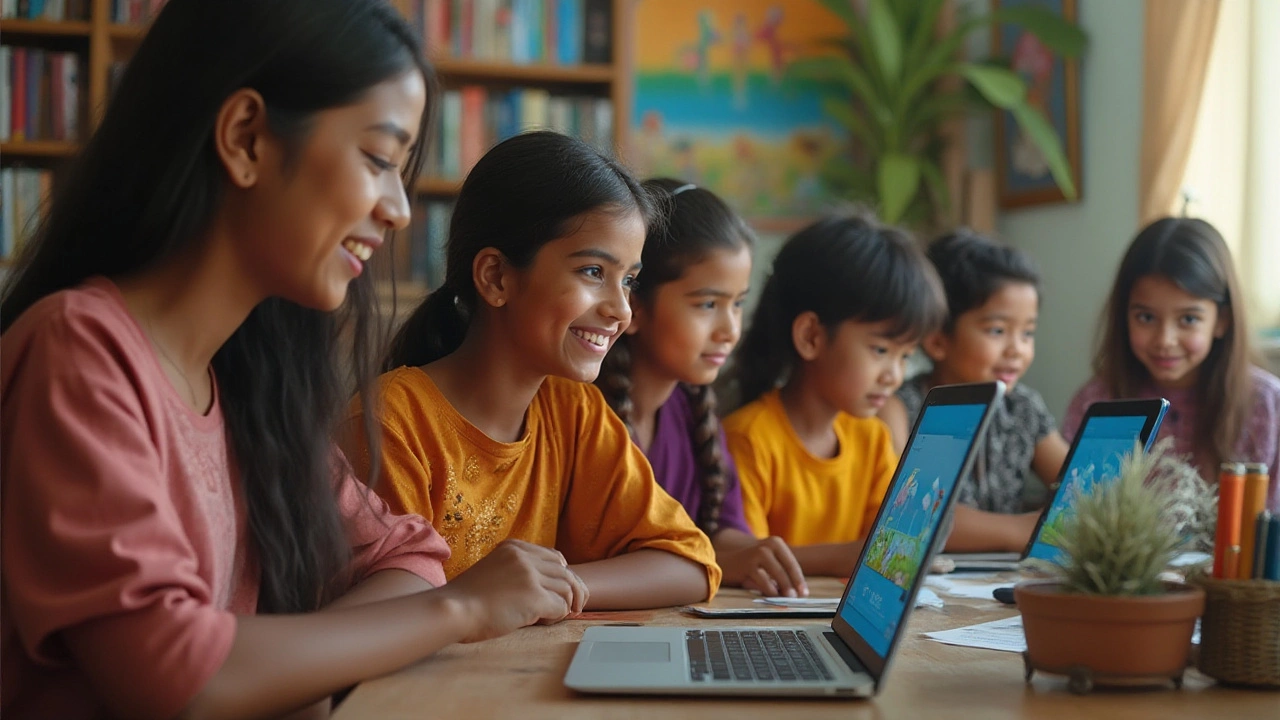Virtual Classrooms – The New Normal in Indian Education
If you’ve been in school or college lately, you’ve probably logged into a Zoom or Teams meeting instead of walking to a classroom. That’s the virtual classroom at work. It’s not just a pandemic fix; it’s becoming a permanent part of how we learn. In India, more schools and colleges are adding online rooms, and students are seeing real advantages—flexibility, access to expert teachers, and a chance to practice digital skills early.
Key Features of Modern Virtual Classrooms
First, look at the tools. Platforms like Google Classroom, Microsoft Teams, and Moodle let teachers share notes, quizzes, and videos in one place. Live video lets you ask questions in real time, while chat boxes let shy students type their doubts. Recording features mean you can replay a tough lesson later. Some schools even use interactive whiteboards where everyone can draw or annotate together, making the class feel less flat.
Second, assessment has changed. Instead of a single paper exam, teachers can give quick online polls, timed quizzes, or project‑based tasks that students submit digitally. Automated grading saves time and gives instant feedback, so students know where they stand right away. This fast loop helps learners correct mistakes before they become habits.
Third, connectivity matters. Rural areas still face internet gaps, but the rise of affordable data plans and government initiatives like Digital India are closing the gap. Many schools now provide low‑cost routers or offline content packs that download when a connection is available, ensuring no student is left behind.
Practical Tips to Get the Most Out of Online Sessions
For students, treat a virtual class like a real one. Find a quiet spot, keep your camera on if asked, and have a notebook ready. Turn off phone notifications to stay focused. If the teacher shares a link, bookmark it for later review—sometimes the best insights get buried in chat.
Teachers can boost engagement by mixing formats. Start with a quick poll, break into small breakout rooms for group work, then bring everyone back for a summary. Using real‑world examples, like a local business case study, makes the lesson feel relevant and keeps attention up.
Parents can support by checking the schedule, helping set up a reliable internet connection, and encouraging a regular study routine. Even a 10‑minute review of the day’s notes after class can reinforce learning and reduce stress before exams.
Finally, think long term. Virtual classrooms are building digital literacy that students will need in any job. The confidence to present on a screen, collaborate across time zones, and manage online resources is becoming as important as any subject knowledge.
In short, virtual classrooms are more than a stop‑gap; they’re a tool that, when used right, can make education in India more inclusive, interactive, and future‑ready. Dive in, experiment with the features, and you’ll see how a few clicks can open a world of learning.
Apr
11

- by Dhruv Ainsley
- 0 Comments
What is Distance in Simple Terms for Distance Education?
Distance education is more than just learning from afar; it's about accessing knowledge without being tied to a physical classroom. It leverages technology to connect students and teachers, overcoming geographical barriers. Discover how flexible schedules and a wide range of resources shape a new educational experience. Uncover the support systems and technology involved in making distance learning effective. Let's break down these concepts simply and pragmatically.
Jan
21

- by Dhruv Ainsley
- 0 Comments
Top 4 E-Learning Platforms Transforming Education in 2025
The digital learning landscape has evolved rapidly in recent years, offering diverse options for learners worldwide. This article delves into four e-learning platforms that are shaping the future of education, exploring what makes them stand out. From gamified learning experiences to personalized course recommendations, these platforms cater to various needs. Discover which platform could be your gateway to new skills and knowledge. Get insights into making the most of these tools for your learning journey.